
by Maureen Cooper | Jan 3, 2017 | Holidays, Meditation, Yourself
When the moment finally arrives that you simply cannot justify keeping up the Christmas tree any longer and you have to admit that the holiday is really over does your heart sink a bit? All the pleasure of shared company, exchanging presents and delicious food that filled the holiday season seems a bit remote as we strip off the decorations and pack them away. Everyone’s back at work and winter seems to stretch ahead endlessly. Spring feels like a remote possibility as we battle through the cold and wet. It’s all too easy to feel rather gloomy.
What can we do to pick ourselves up?
Here’s a few ideas—maybe you have some you could suggest also?
Let our Christmas holiday nourish us
First of all, we can let our holiday high nourish us rather than fading away leaving us looking for the next lift. We can allow ourselves to have a sense of appreciation and gratitude for all we got to do over the holidays and take a moment to celebrate that we had this opportunity to take a break and enjoy some fun.
Of course, nothing lasts forever and we know that after the holidays we have to pick up the threads of work and so on but instead of feeling sour about it, we can pick them up with a sense of refreshment and relaxation. We can feel energized for whatever comes next.
Be extra vigilant in keeping up a meditation schedule
Perhaps this time of year is difficult because it shows up our habit of holding on to the things we like—holidays—and pushing away the things we don’t want—our working routine. This can cause us a lot of dissatisfaction because inevitably we have to deal with all kinds of stuff we don’t want and don’t like.
Meditation is the best way to help train our minds to be able to hold steady in the middle of the ups and downs of life. As we sit and watch the breath we can go through all kinds of experiences that we find uncomfortable. By the very act of sitting through these experiences and not running away from them we are training ourselves to be less reactive and less likely to panic whatever comes our way.
Find acceptance in each moment
Accepting what comes along is not a passive thing to do. It takes patience, understanding and a generous helping of wisdom. It also does not mean we have to lie down in the face of difficulties, or become a doormat. Accepting what comes to you in a way of seeing clearly what is going on in our life, in the present moment. We are not struggling to hold on to it, or push it away. We’re not wishing things were different from how they are. We are bringing our full resources to working with what comes up in each present moment.
This can provide us with a lot of space and possibilities. It can be energizing, instead of exhausting.
We shake our heads in disbelief when we see the stores getting ready for the next season. We’ll be amazed when we see Easter eggs popping up all over the place before too long. Valentines Day preparations are already in full swing. All this is a response to our habit of chasing happiness and running away from discomfort and boredom. Inevitably it makes the habit worse. We get on to a cycle of looking forward to the next good thing and missing so much of the texture and opportunity of where we are at each passing moment.
It’s a good time of year to get back on the cushion.
What do you do to shake off the holidays blues? I would love to hear.
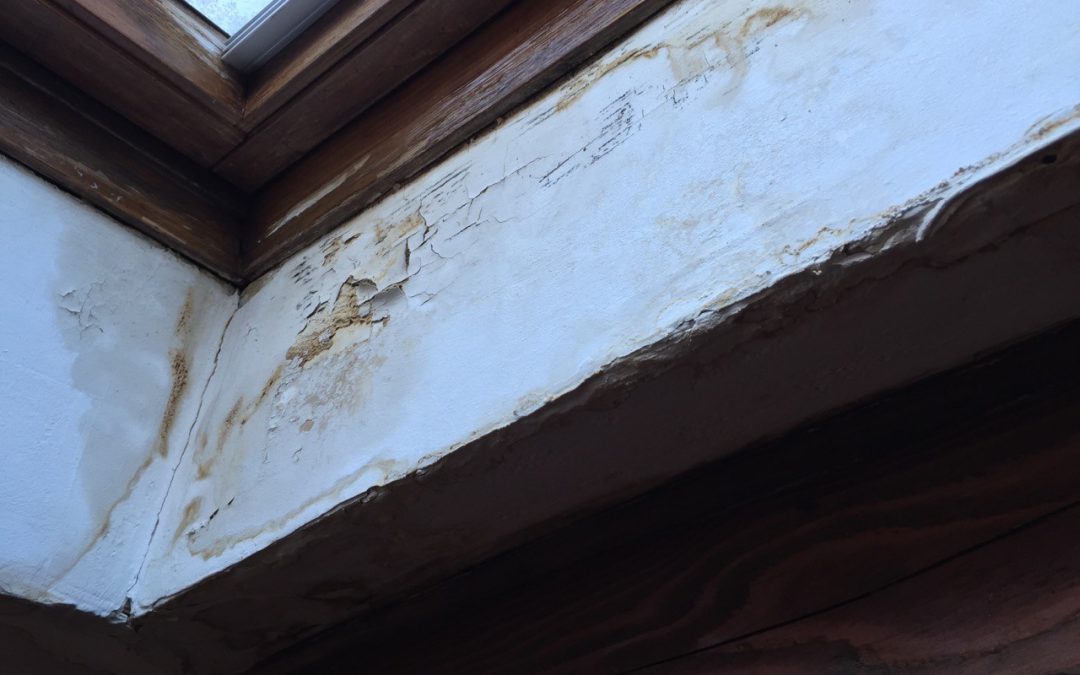
by Maureen Cooper | Sep 15, 2016 | Holidays, Meditation, Self-compassion, Yourself
Many of us have returned from our summer break by now and are back into the swing of our working lives. My partner and I just got home from attending our usual annual retreat in Lerab Ling, a Tibetan Buddhist centre near Montpellier in the South of France. We have a tiny cottage in the forest where we stay during our retreat time. It is our opportunity to enjoy some quiet time in nature, while receiving meditation instruction to nourish us throughout the year.
We drive there from Amsterdam and our arrival is always a sensitive time. We are tired from the preparations to leave and the long journey. We know we have a lot to do to set up the cottage for our stay and, as it is remote, we have no idea what we will find when we open the door.

Not how you want to begin a holiday
This year was a shock. When we went to the room where we sleep we saw that the skylight had leaked through and damaged the area around the window. To make matters worse, this has been an on-going problem, which we thought it was all fixed and done with. When you are on retreat in another country in August and you need to arrange work to be done it can be a big hassle. My heart fell and I felt pretty fed up. Thoughts like, ‘I don’t need this’ and ‘Why can’t things just go smoothly for a change?’ chased each other through my mind. I felt pretty sorry for myself.
This is where meditation kicks in for me and I really see how much it matters in my life. Negative emotions can still come but they do not bite like they used to. They don’t get a hold on me and define my behaviour. Even while I am feeling miserable there is a part of me that knows that it won’t last, that I am not going to feel this way for ever. There is a fundamental part of me that accepts that life has its ups and downs and difficult things will certainly happen, so I am not as surprised as I used to be when things don’t go as I want.
We can think that as meditators we should be able to manage our emotions perfectly but that can just be another way of putting ourselves down. Of course, the more skilfully we can manage our emotions the better but meditation is not an instant cure-all and we can celebrate the steps we take as we go along. Developing a sense of perspective and learning—however slowly—not to take things too personally are two of these important steps. It helps build confidence in meditation to be able to see that although your mind can still get pretty intense, some things are a little easier.

The sky and the clouds
One of the most helpful images I know of to help build confidence in meditation is the example of the sky and the clouds. The sky represents our natural state of openness, spaciousness and wellbeing—our natural mind if you like. The clouds are the thoughts and emotions that pass across our minds. Thoughts do not spoil the mind, or leave any lasting impression—they simply come and go, like clouds. As we become more familiar with meditation we can begin to experience that for ourselves and get a different take on how to handle things going wrong. It becomes more possible to accept things as they are, rather than wishing them to be different and even to develop a certain sense of humour about the craziness of it all.
We are talking about building mental resilience—the ability to overcome obstacles and recover from hard times. It means having a place of inner peace that is always available to us and that helps us to work with how we see things. It enables us to face change and difficulties as opportunities for growth, rather than simply to view them as threats. Not surprisingly, Richard Davidson places resilience as one of the four skills of wellbeing. We know from neuroplasticity that the brain can change according to experience. The experience of meditation will help to develop activity in the pre-frontal cortex, which in turn helps to calm the fight-or-flight response of the amygdala when facing stress.

Meditation when it matters
Sure enough, as I struggled to connect with a sense of inner peace while surveying the damaged skylight, I could look through the rain-stained and murky window to see the clear blue sky beyond. The perspective was there for me to see—however challenging things are in the moment, that moment will pass.
If you would like to know more about meditation and resilience, watch this short video where Richard Davidson and Jon Kabat-Zinn explore this further.

How to start meditation in a way that will last
This online course is designed to help beginners make a sustainable start to their meditation practice. You can find out more and sign up here

by Maureen Cooper | Jul 18, 2016 | Meditation, Yourself
When I first began to meditate I was convinced that doing something so profound and life-changing meant that there would be no problem in simply settling into an inspired routine. I thought my mind would easily adapt to sitting quietly and everything would be plain sailing. I couldn’t wait to get started.
It did not turn out to be quite like that. It was just too easy to find something that just had to be done before I could settle to meditation. When I did finally sit down to meditate my mind would zoom around all over the place, which made it more difficult to want to try again the next day. It was a long time before it occurred to me that I was just not used to doing it and although I had all kinds of habits, meditation was not one of them.
It seems that Aristotle had it right—the things we do over and over again become part of who we are. We may be inspired to do meditation but until we can see it as part of our regular behaviour that we can almost take for granted, then we are always going to be having to work extra hard to make it happen. Something that works in our favour is that the brain loves habits as a way of conserving energy. We also know now about neuroplasticity—how the brain can change according to experience—so as soon as we begin to work on a new habit, we are creating new neural pathways in the brain which strengthen with use.
So, even though meditation is about working with our minds, we still need to get used to doing it. There is no short cut. The same rules apply as they do for building up an exercise routine at the gym, or learning a language. We need lots of regular practice.
On top of that, meditation is simple to do but hard to keep doing and it is easy to look for ways of avoiding it—even though we want to do it. The less decisions we need to make in order to get our session done—the more automatic it feels—the easier it will be to make it happen.
Here are six things we can do to help make meditation a habit
1.Do your meditation first thing

Do your meditation first thing
In order to get started with building a routine, try doing your meditation in the morning before you get into the busyness of the day.
Don’t worry, it does not have to be about having to get up at the crack of dawn—this just takes a bit of thinking through.
Here’s some tips for making it workable—maybe you have some suggestions you could share? If you have, we’d love to hear from you.
- Try not to go to bed too late
- Resist the temptation to check all your social media just before you go to bed as this could make it harder to sleep
- Find a slot in the morning that fits in with your schedule
- Don’t let yourself get side-tracked by email, or the news
- Avoid planning to meditate just before you leave the house—chances are you’ll be running late and it won’t happen
- Experiment a bit and don’t be put off if the first time you choose does not work out
- Keep your session short and manageable
2.What is your trigger to meditate?
In his book, The Power of Habit, Charles Duhigg describes what he calls a ‘habit loop’. He suggests that there is a cue, which triggers a behaviour and if we experience a reward then the habit is more firmly embedded. So, clearly the habit we are wanting to encourage is meditation—now you need to decide how you will trigger it.

What is your trigger to meditate?
I like to do my meditation session in the morning after I have showered and dressed, so the shower is a good trigger for me. I am up, dressed and ready for the day but have not yet got into lots of activity—it’s that slot there that is my dedicated meditation time.
You will probably need to experiment a bit in order to identify your trigger. It should something that is a normal part of your routine and happens just before you plan to do your session.
3. Reward yourself
So then comes the reward. One of the clients that I coach prepares a tray of tea for herself before she sits down to meditate and when she finishes her session, she drinks it. For me, it’s breakfast when my meditation is done.

You know yourself and your routines better than anyone, so you can work out what are your triggers and how to give yourself a reward. Keep them small and very simple. It should not be anything elaborate, because then you are just adding in a whole lot more to do and remember.
4. Set up a simple routine for your session
Because we want to give ourselves as little to prepare as possible, it helps to decide which method of meditation you want to use and where you are going to do it. If you are short of time you don’t want to be trying to find a quiet place away from the family to do your session. Remember why you wanted to meditate in the first place and take this personal time as a source of nourishment.
I find it works well to have three phases in a session of meditation:
Settling into the meditation
Instead of just sitting down on your chair, or cushion it helps to take a few moments to settle into meditation. This gives a moment to make a break with whatever you were doing and to find a quiet place in yourself. It’s a way of coming home to yourself and settling into a sense of being, rather than just doing.
Try this routine to see if it works for you.
Sit comfortably in your chair
—relax
Connect with your body
—how is it feeling?
—do you have any discomfort, tension?
Connect with your mood
—notice if you are relaxed, or tense?
—just notice the emotions without judging them
Connect with your mind
—notice the thoughts that come and go
—don’t follow them, don’t judge them
—just let them come and go
Practicing the meditation method
Here is a very simple meditation method using the breath
- Connect with your breathing
—stay with where the sensation is most vivid for you
—moment by moment by moment
—breath by breath by breath
—notice any changes in your breathing
- Notice when your attention is not on your breathing
—check where has it gone
—dissolve the distraction
—bring your attention back to your breath
—begin again as if for the first time
People who are beginning with meditation can often feel that because they experience a lot of thoughts while they are meditating, that they can’t be doing it right. That’s not the case at all. Once we sit down and observe our minds, we notice our thoughts and see just how many there are. That is perfectly OK. Remember, we are practicing meditation—we can’t expect ourselves to be experts straight off. Learning to manage our thoughts is an important part of getting used to meditation.
You can keep your sessions short initially. If you can manage 5 minutes a day for a whole week, you are on the right track. When that feels comfortable, you can go up to 10 minutes a day—or 10 minutes every other day and 5 in between. It usually works best to start small and increase over time.
Merging the meditation with your activity
Try to allow a couple of minutes at the end of your session, so that you do not have to leap up and rush out of the door. Have a good stretch and get up slowly. Try to maintain some mindfulness of what you are doing—now I am getting up, now I am stretching, now I need to go to the bathroom, now I am putting on my coat…………..
The idea is to merge your meditation session with your daily activity, not just switch it off.
5. Do short meditations through the day
The more times we can come back to meditation during the day, the more benefit it will bring. It also helps with getting used to it. Meditation starts to become more about how we respond to things around us, rather than a ‘special’ activity.
STOP MOMENTS are an easy way to get into doing short meditations. These are moments where you stop what you are doing and focus your attention—that’s it.
There are three ways of using them:
- You can use them as a mindfulness exercise for those times you are doing routine activities, such as cleaning your teeth, or chopping vegetables, or walking to an appointment. These are the times when our minds tend to wander a lot and we turn over our worries and plans. With a STOP MOMENT we simple try to stay mindful of what we are doing and as thoughts arise, just let them go and bring our attention back to what we are doing.
- Then we can use STOP MOMENTS as instant meditations by simply focusing on our breath for a few moments while we are waiting in line, or sitting on the bus, or waiting for a meeting to start.
- We can also use them simply to check in with ourselves when we are very busy—say working our way through our email in-basket.
6. Don’t judge your meditation
This comes last in our list but is actually very important. It’s hard enough to get into a regular rhythm with meditation without giving yourself such a hard time about it that you feel reluctant to do it. When I introduce meditation in my workshops most of the people coming along have not tried it before. Almost every time, when it comes time to share how it is going, someone will say that they feel they are the only person in the room who is not able to meditate properly. I always ask the group then if anyone else feels the same way and nearly all the hands go up.
When I was first learning meditation, the person guiding me always said that there was no such thing as a bad meditation—there was just meditation and doing it.
Whenever we learn something new it takes time for us to build up a level of familiarity. It’s no big deal. We don’t need to be more hard on ourselves because we trying to learn to meditate.
Check out our Make Meditation a Habit infographic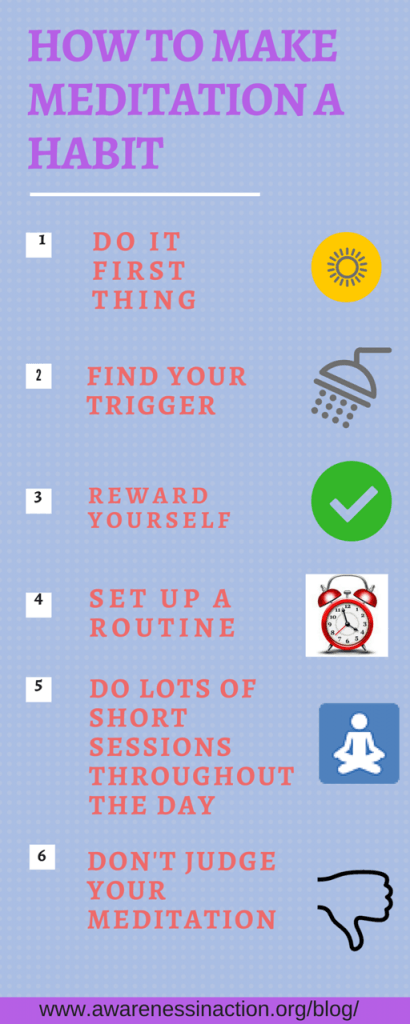

by Maureen Cooper | Jun 15, 2016 | Meditation, Scientific research, Yourself
When you started with meditation did you think that within a week or two you would immediately be feeling the benefits only to find that it is harder than you thought? Meditation itself is quite easy to learn but getting used to doing it regularly can be quite a challenge. If you learn meditation by attending a course then you have the support of weekly meetings to get your routine together but once the course ends, and you are on your own, it can be a different story.
None of this is surprising when you think how hard it is to learn anything new. Getting into a rhythm of regular exercise, or learning a language, or practicing a musical instrument can all be frustrating at times. It helps to know why we can find it hard to make meditation part of lives because then we can see what to do about it.
1. We don’t have the habit of meditation
Even though meditation has been around in the west now for a while, it is still something that only a minority engage in. It’s quite new to most of us—we didn’t learn it in school, most likely our parents did not do it and maybe most of our friends and family don’t meditate either. We’re reaching out to something new and that is rarely easy.
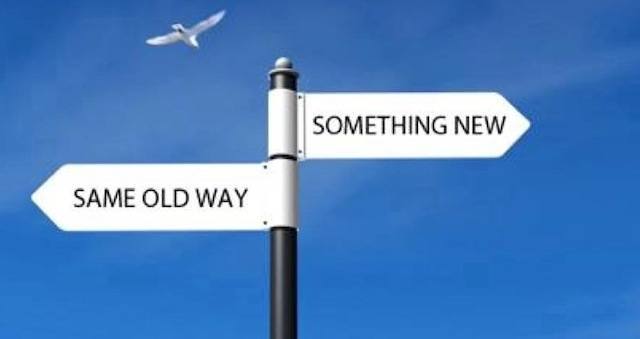
Add to that the fact that the brain loves habits as a way of conserving energy and has no way to tell the difference between a habit that is good for us and one that is not. Making the connections in the brain to set up a new habit is a process which takes time, because given the choice our brains will fall back into familiar patterns of behaviour.
2. Distraction
One of our most enduring habits is distraction. The Harvard study carried out in 2010 by Gilbert and Killingsworth showed that for 46.9% of our waking hours we are thinking about something different from what we are doing and that on balance, it does not make us happy. This is how we can go through so many of activities on a kind of autopilot—going through the motions with our attention elsewhere. In meditation we bring our mind into focus through paying attention in the present moment—whenever our attention wanders away we just gently bring it back. If we can learn to manage our distracting urges, rather than give into them, then we have the possibility to of being more intentional about what we say and do. This will help to increase our dependability, improve our relationships and raise our performance.
3.We are more into doing than being
 Research carried out in 2014 showed that most people do not like being left alone with their thoughts and that some were even prepared to give themselves mild electric shocks in order to have something to do. We are so used to being busy—both in terms of activity as well as everything that goes on in our minds—that we find it very hard to simply be with ourselves.
Research carried out in 2014 showed that most people do not like being left alone with their thoughts and that some were even prepared to give themselves mild electric shocks in order to have something to do. We are so used to being busy—both in terms of activity as well as everything that goes on in our minds—that we find it very hard to simply be with ourselves.
When we sit down to meditate then we are doing something that we are not used to doing, that cuts across our habitual distraction and involves us sitting quietly with our own minds. Is it any wonder that we might find that we would prefer to do something else?
 4. The choices we make
4. The choices we make
Of course we are all busy with many demands on our time but it is the choices we make with the time we do have available that is critical for us in establishing meditation as a habit. Although we say we have no time to meditate we do tend to find time to check FB, the news, watch a bit of TV and perhaps enjoy a glass of wine. There is nothing wrong with any of this but if we find that meditation helps us then we do need to look at our choices and see how and where it is possible to find time for it.
The trouble is that inspired by our first experiences of meditation we tend to make over-ambitious plans for our meditation routine and then get disappointed when we cannot keep to it. The trick is to start small—maybe 5 minutes a day—but to try and do it at least five times a week. That way we are making room for our new habit and building it into our routine.
Finding a trigger for meditation is another useful strategy. Perhaps we want to do our session in the morning after we have showered and dressed—so showering becomes the trigger for meditation. I have a client who lays out a tray for tea and then does her five minutes while it is brewing. Drinking the tea is her reward for meditating—because, yes, giving ourselves a small reward for building our new habit helps to make it routine.
5. Uneasiness with meditation
One of the subtler reasons we find meditation challenging can be that it makes us a bit uneasy. We’ve already talked about how hard it can be to sit in a room doing nothing, and how we love to keep busy. With meditation we learn to be with our minds as they are without judgement, letting go of our resistance to whatever arises. Without the usual defence mechanism of our distractions we can taste the delicate balance of our lives and sense our fragility in the scheme of things. Although we want the benefits that meditation can bring, there can be times when it feels as if in trying to bring them about we may lose our familiar preoccupations that remind us of who we believe ourselves to be.
So what can we do?
Don’t get too critical about how you are meditating—the chances are you are doing just fine. A question I like to ask in a meditation workshop is, ‘Who feels that everyone else is doing it right and you are the only one struggling?’ Most times almost everyone’s hand will go up. We tell ourselves all kinds of stories about how we are not meditating in the right way, and that our session was a waste of time because we had lots of thoughts and distraction. One thing I was always taught as I learned to meditate is that there is no such thing as a bad meditation—meditation is just what happens.
Making a welcoming place in your home for meditation will help with this. Find a spot that works for you and make it cosy and accessible, so that when you have that 5 minutes for your session then you know where to go. Maybe have a special cushion or shawl that helps you to settle and feel comfortable.
Don’t feel that you always need to do your session alone. You can find a local meditation group, or maybe pair up with someone else you know who is trying to meditate. You don’t need to meet up for every session but you could share schedules and things that work over a skype call. Having someone to share with really helps to overcome resistance.
Don’t get too precious about your meditation—try to find lots of short moments throughout the day when you can just do a few moments of meditation. I call these Stop Moments and you can do them anywhere—waiting in a queue, on a bus or train, while waiting at a red traffic light or as you take your first sip of coffee. Taking many short Stop Moments helps to break through distraction and is another tool in building habits.
Taking time to allow yourself to experience the benefits of meditation is perhaps the best way of ensuring that you will want to find a way to continue. This infogram from Emma Seppala gives a great overview. Take time to become familiar with the benefits as they are described and focus on the ones that speak to you. You might not feel all of these every day but if you sit long enough you will begin to experience a difference that will make you want to keep practicing. Remember that neuroscientific research into the effects of mediation on the brain shows a positive change after only eight weeks of practice.
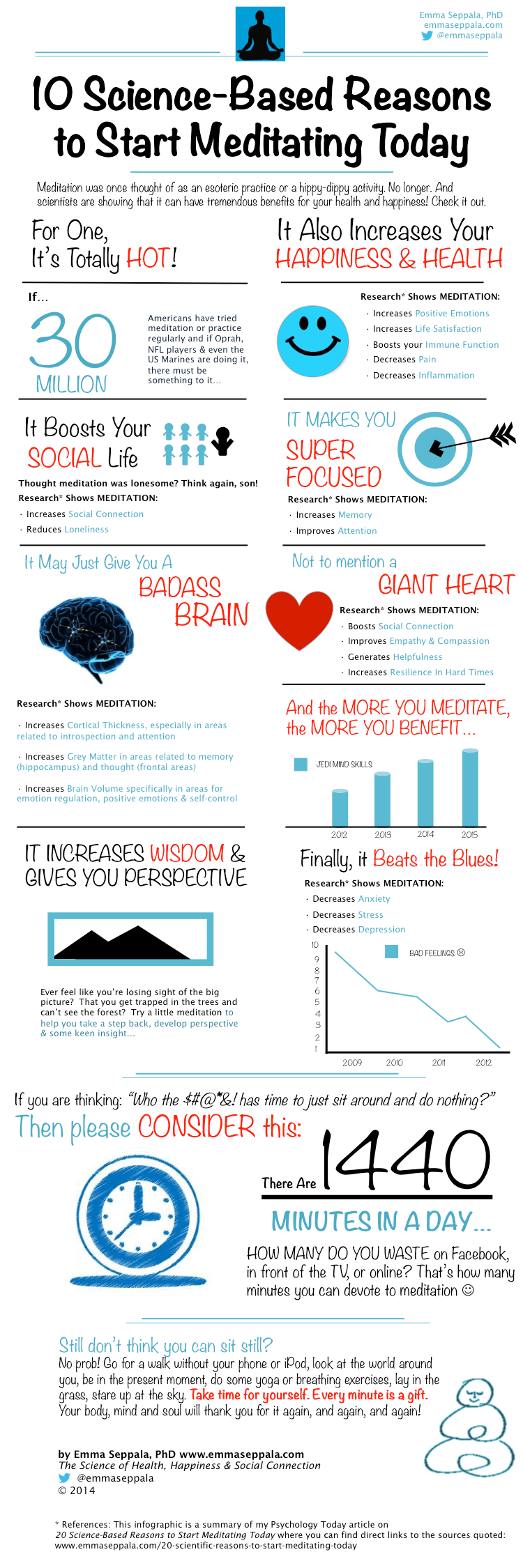
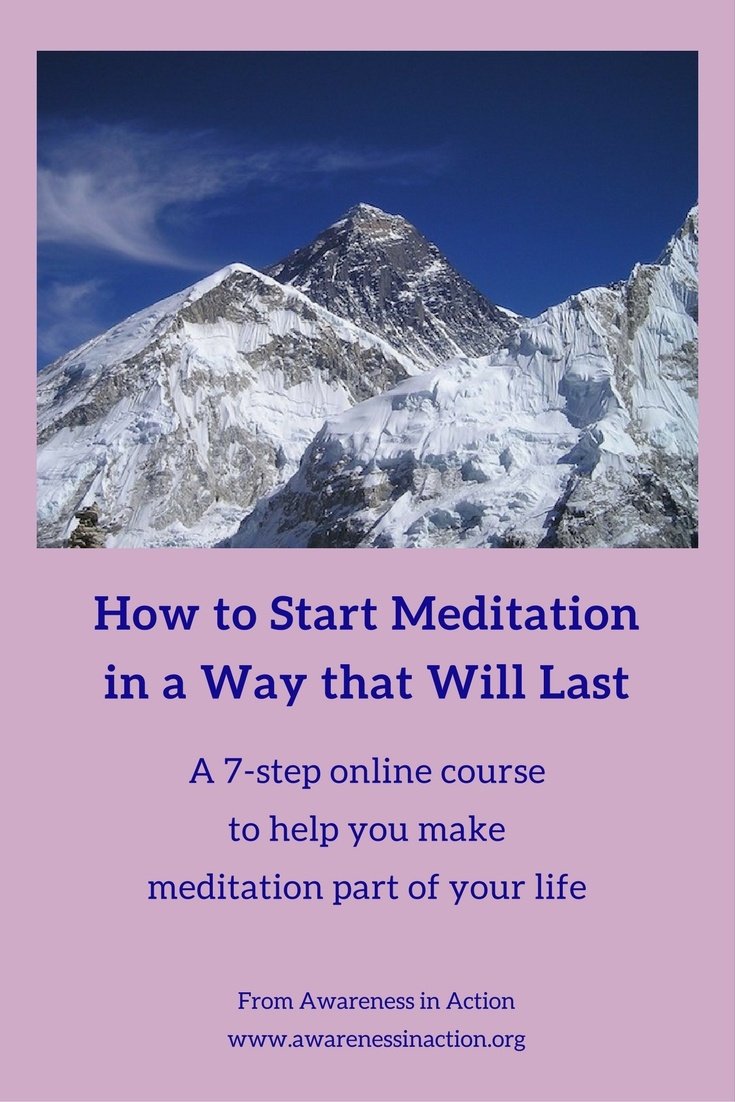
If you are wanting to begin with meditation and need some support, you might find this practical online course helpful. It is available from Awareness in Action at any time – you can sign up whenever you wish.
Find out more here
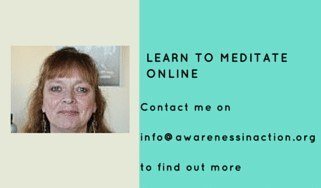
If you are looking for personal guidance and coaching about your meditation practice contact me for details.



















